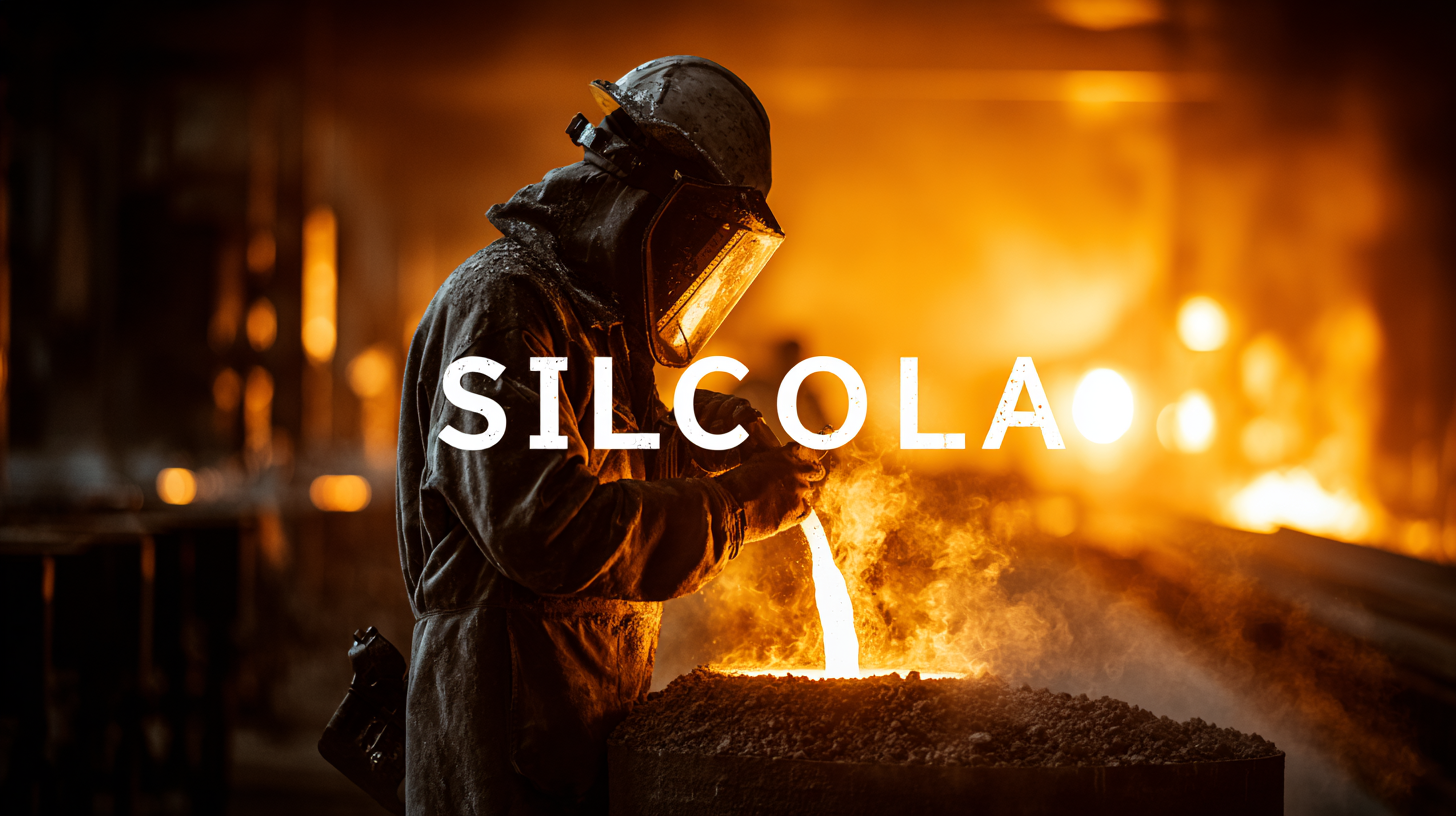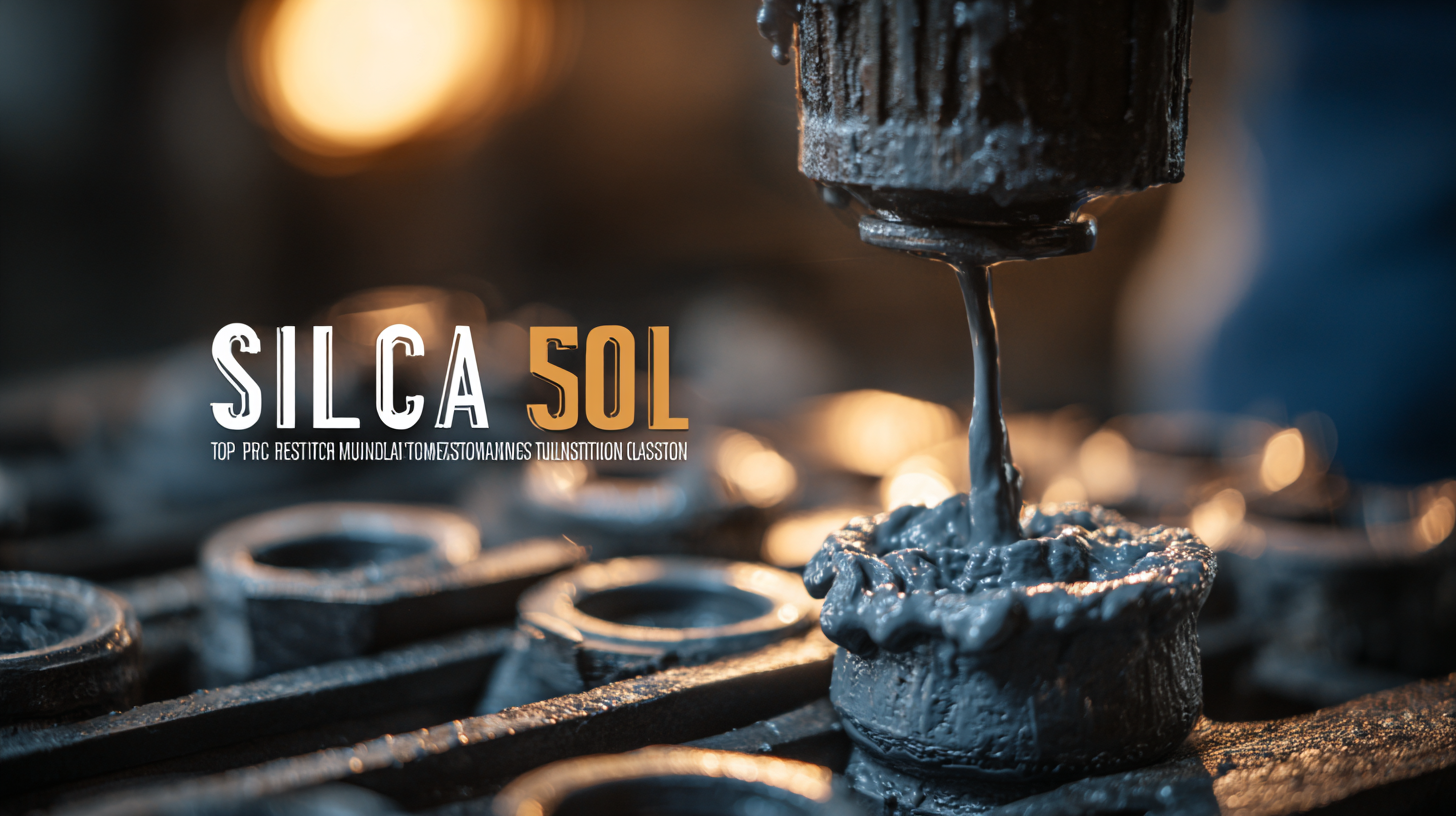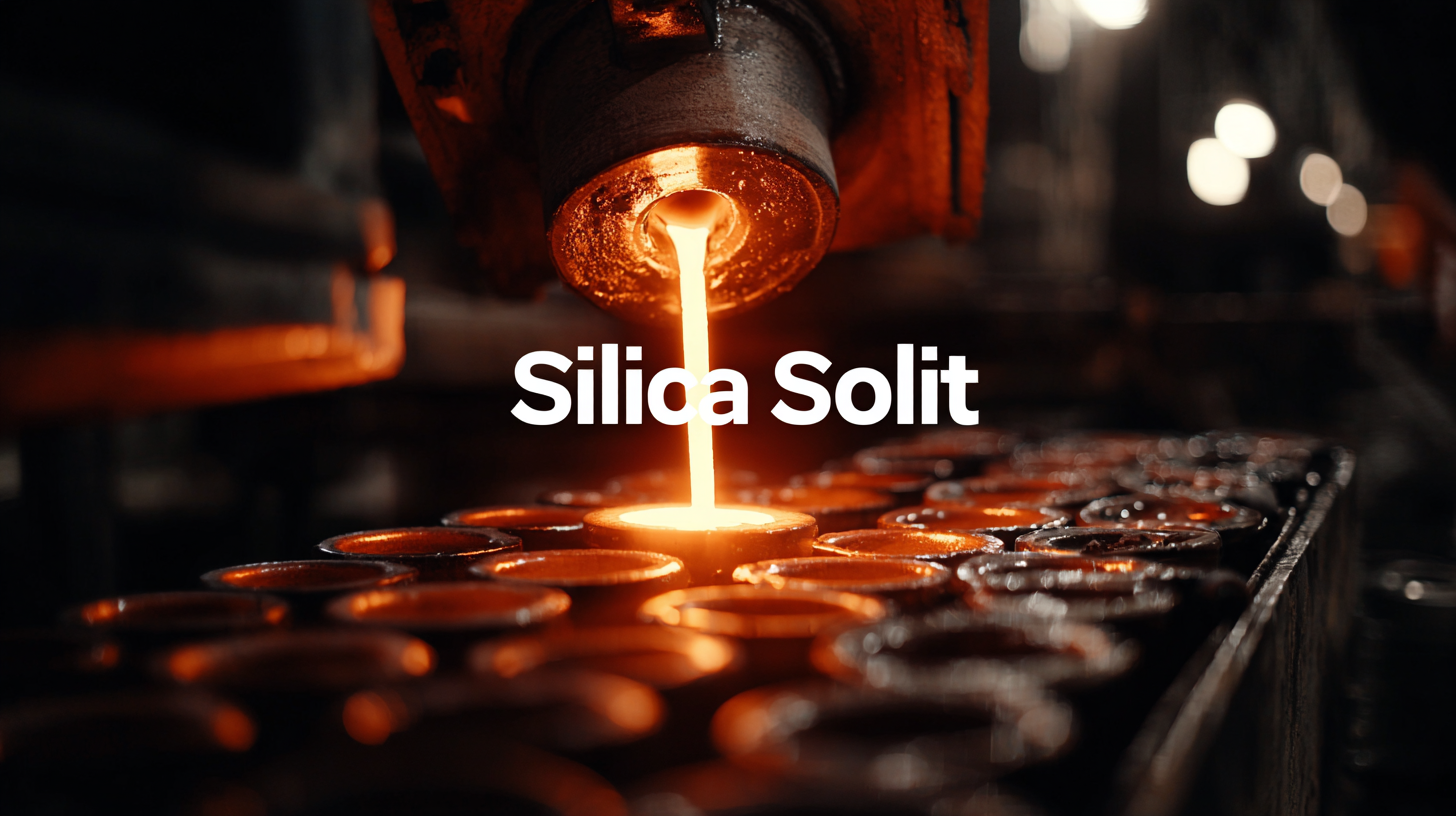In recent years, the manufacturing landscape has undergone significant changes, with Silica Sol Investment Casting emerging as a game-changer across various sectors. According to a report by Market Research Future, the global investment casting market is projected to reach USD 24.9 billion by 2027, growing at a CAGR of 7.8% during the forecast period. The innovative properties of Silica Sol Investment Casting, including superior surface finish and dimensional accuracy, have made it a preferred choice in industries such as aerospace, automotive, and energy. These sectors are embracing advancements in casting technology to enhance production efficiency and reduce costs, highlighting the critical need for best-in-class Silica Sol Investment Casting solutions. As businesses adapt to evolving market demands, understanding which industries are leading this transformation will provide valuable insights for stakeholders aiming to leverage these cutting-edge manufacturing techniques.

In the realm of aerospace engineering, the demand for precision and reliability is paramount. Silica sol investment casting has emerged as a critical technology, providing exceptional dimensional accuracy and surface finish in the manufacturing of complex components. According to a recent report by MarketsandMarkets, the global investment casting market is projected to reach $26.22 billion by 2025, growing at a CAGR of 5.5%. This growth is largely driven by the aerospace sector's increasing reliance on innovative materials and processes like silica sol casting.

Silica sol casting, known for its ability to produce intricate shapes that are not easily achievable through traditional methods, enables aerospace manufacturers to create parts that are lightweight yet incredibly strong. For instance, components made using silica sol investment casting can meet the rigorous standards set by the Federal Aviation Administration (FAA), which are essential for safety and performance. The technology is particularly advantageous in the production of turbine blades, housings, and other critical parts, allowing for both weight reduction and enhanced performance. As the aerospace industry continues to push the boundaries of efficiency and safety, silica sol investment casting will play a crucial role in shaping the future of aircraft design and manufacturing.
The precision achieved in medical device manufacturing has been dramatically transformed by the introduction of silica sol investment casting solutions. This advanced casting technology offers unparalleled accuracy and surface finish, which are fundamental in creating intricate components necessary for modern medical devices. By utilizing this innovative casting method, manufacturers can significantly improve the quality and reliability of life-saving devices, ensuring that they meet the stringent requirements of the healthcare sector.
Recent advancements in technology, such as new AI algorithms developed for robotic surgeries, exemplify the synergy between precision casting and cutting-edge medical practices. Such innovations not only optimize the design and functionality of medical devices but also enhance surgical outcomes. The combination of precise component fabrication with intelligent surgical systems marks a significant leap towards more effective and safer medical procedures, thereby revolutionizing the medical industry as a whole.
Silica sol investment casting has emerged as a pivotal technology in the automotive industry, enabling the production of complex components with exceptional accuracy and surface finish. According to a report by Markets and Markets, the global investment casting market was valued at approximately $13.48 billion in 2022, and it's projected to reach $18.84 billion by 2028. This growth is largely attributed to advancements in casting methods, with silica sol technology at the forefront, allowing for the fabrication of intricate designs that meet modern vehicle performance and safety requirements.
The incorporation of silica sol investment casting in automotive component design not only enhances precision but also reduces production costs. By utilizing a water-soluble binder, manufacturers can achieve a high degree of detail and a smooth surface finish without the need for extensive post-processing. A study by the Casting Industry Suppliers Association indicates that components produced this way exhibit a lower rate of defects, leading to reduced waste and improved production efficiency. As electric and hybrid vehicles demand innovative design solutions, silica sol investment casting positions itself as an essential tool in pushing the boundaries of automotive engineering.
The electronics industry is rapidly evolving, with sustainability becoming a paramount concern for manufacturers. Silica sol investment casting has emerged as a pivotal solution in this transformation, offering not only high precision but also environmentally-friendly production methods. By utilizing silica sol, companies can create intricate components with reduced waste and lower energy consumption, aligning production processes with eco-conscious practices.
One of the most significant advantages of silica sol investment casting is its ability to produce complex geometries without the need for extensive machining. This reduction in machining not only cuts down on material waste but also conserves energy. Furthermore, silica sol is known for its low thermal expansion and excellent surface finish, making it an ideal choice for sensitive electronic components. By adopting these sustainable practices, the electronics industry can enhance product quality while significantly lowering its carbon footprint, paving the way for a greener future.

The energy sector is undergoing a remarkable transformation, greatly influenced by advancements in silica sol investment casting. This innovative casting process not only allows for the creation of complex geometries but also enhances the overall efficiency of energy production and distribution. With the growing need for lightweight and high-strength components in renewable energy systems, silica sol casting presents a sustainable solution that meets these demands, proving crucial for applications such as wind turbines and solar energy systems.
As industries increasingly prioritize environmental sustainability, the role of silica sol investment casting is set to expand. The precision and adaptability of silica sol casting enable engineers to fabricate components that minimize waste and improve the durability of energy systems. Furthermore, as the energy sector shifts towards cleaner technologies, this casting method supports the development of innovative parts essential for next-generation energy solutions, driving both efficiency and lower carbon footprints in production processes.
